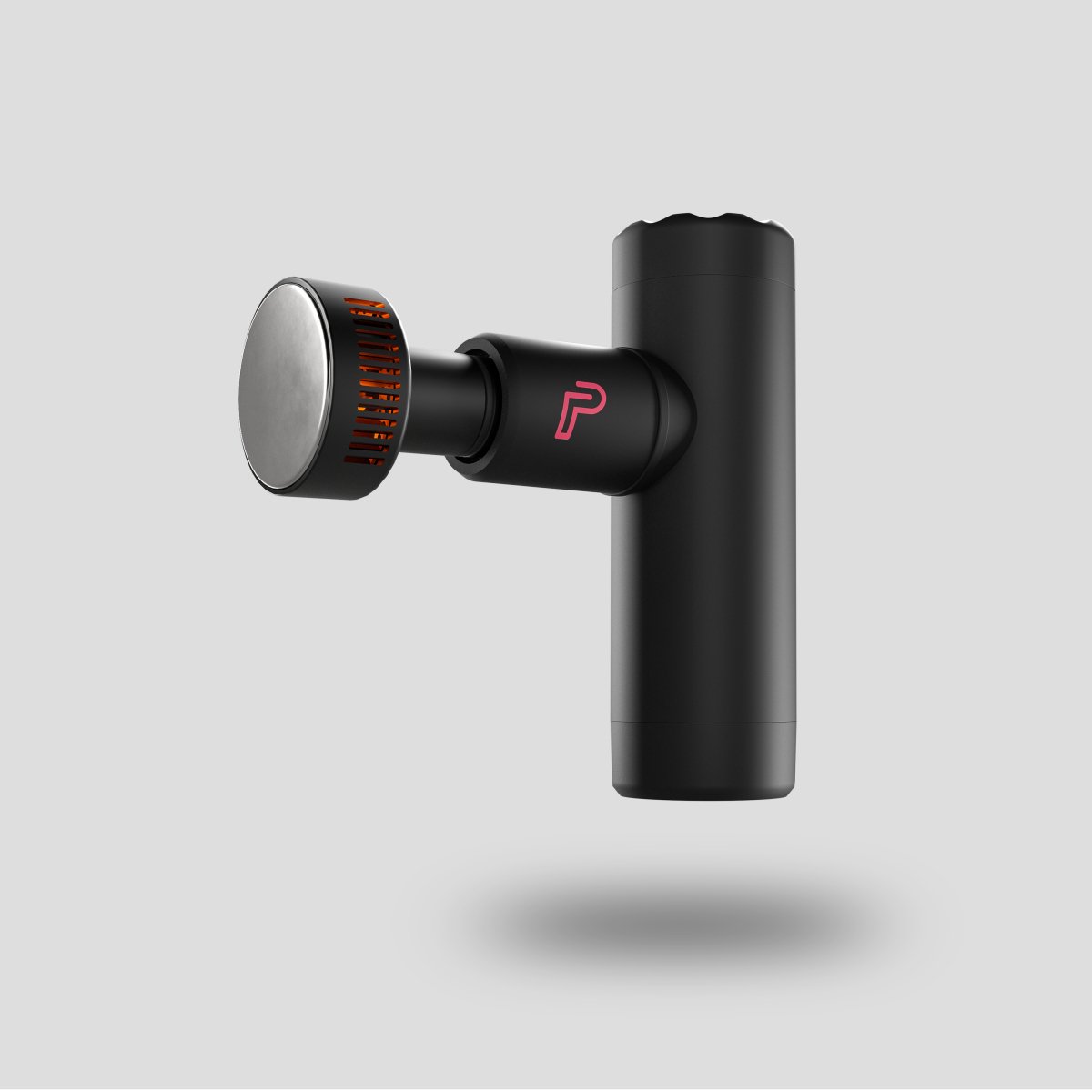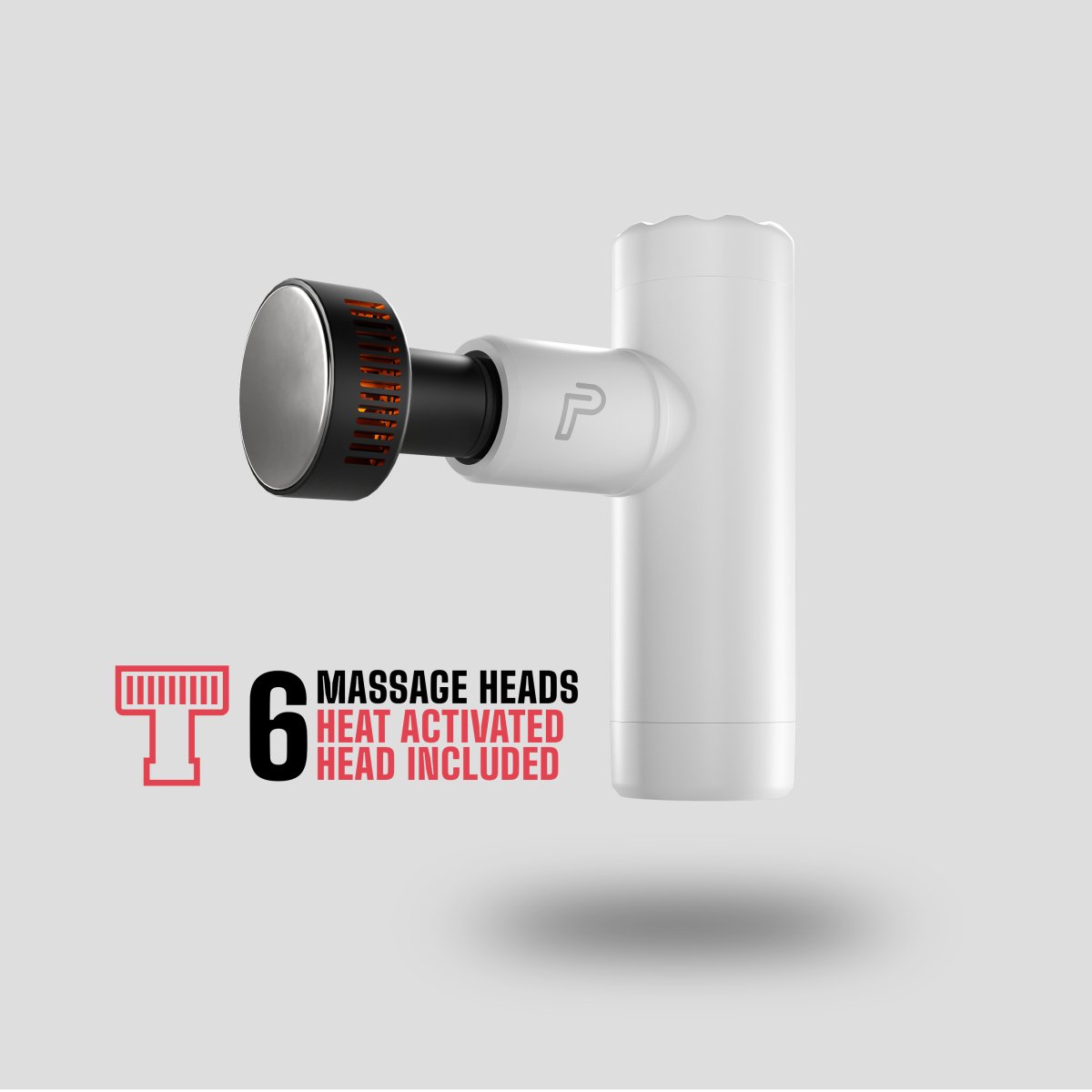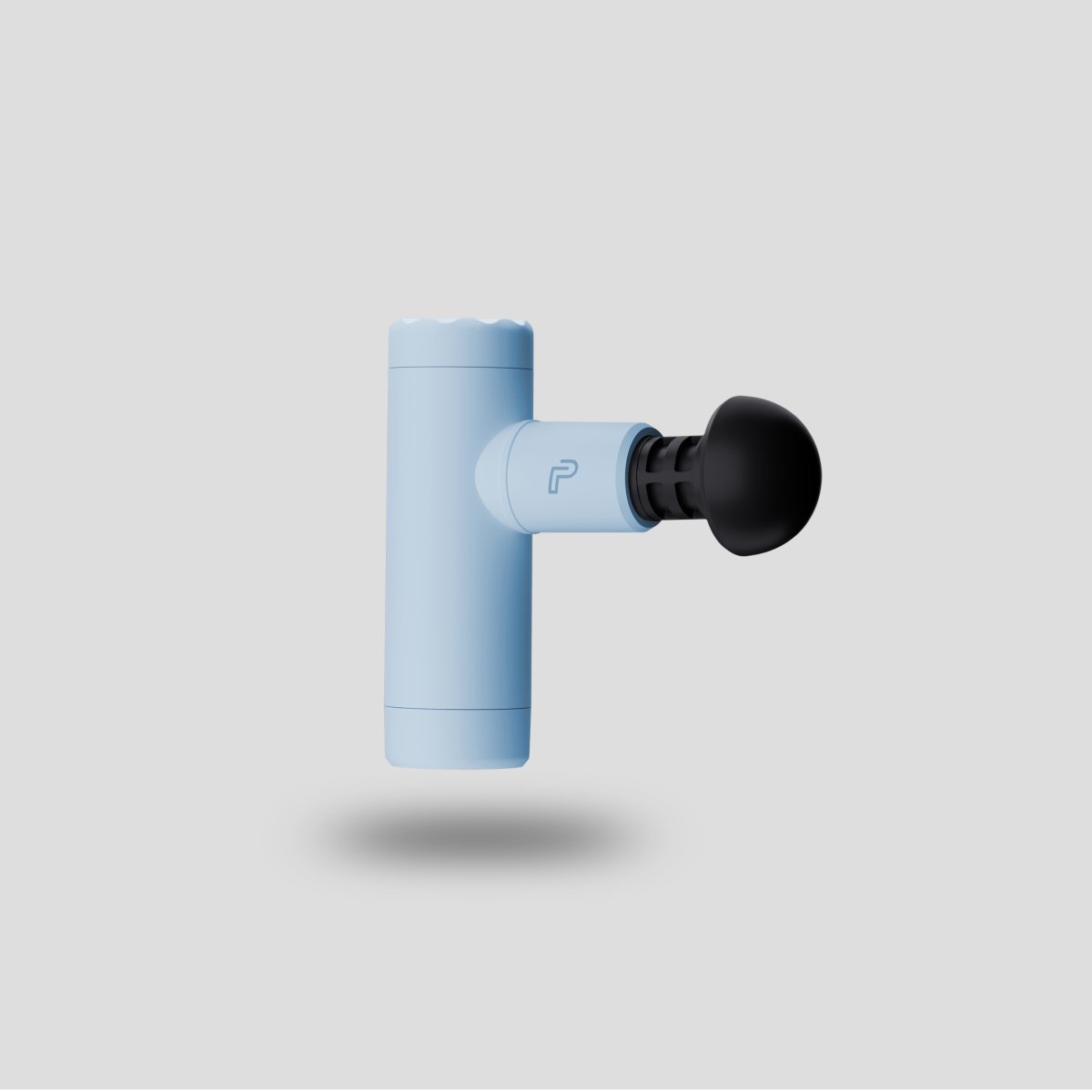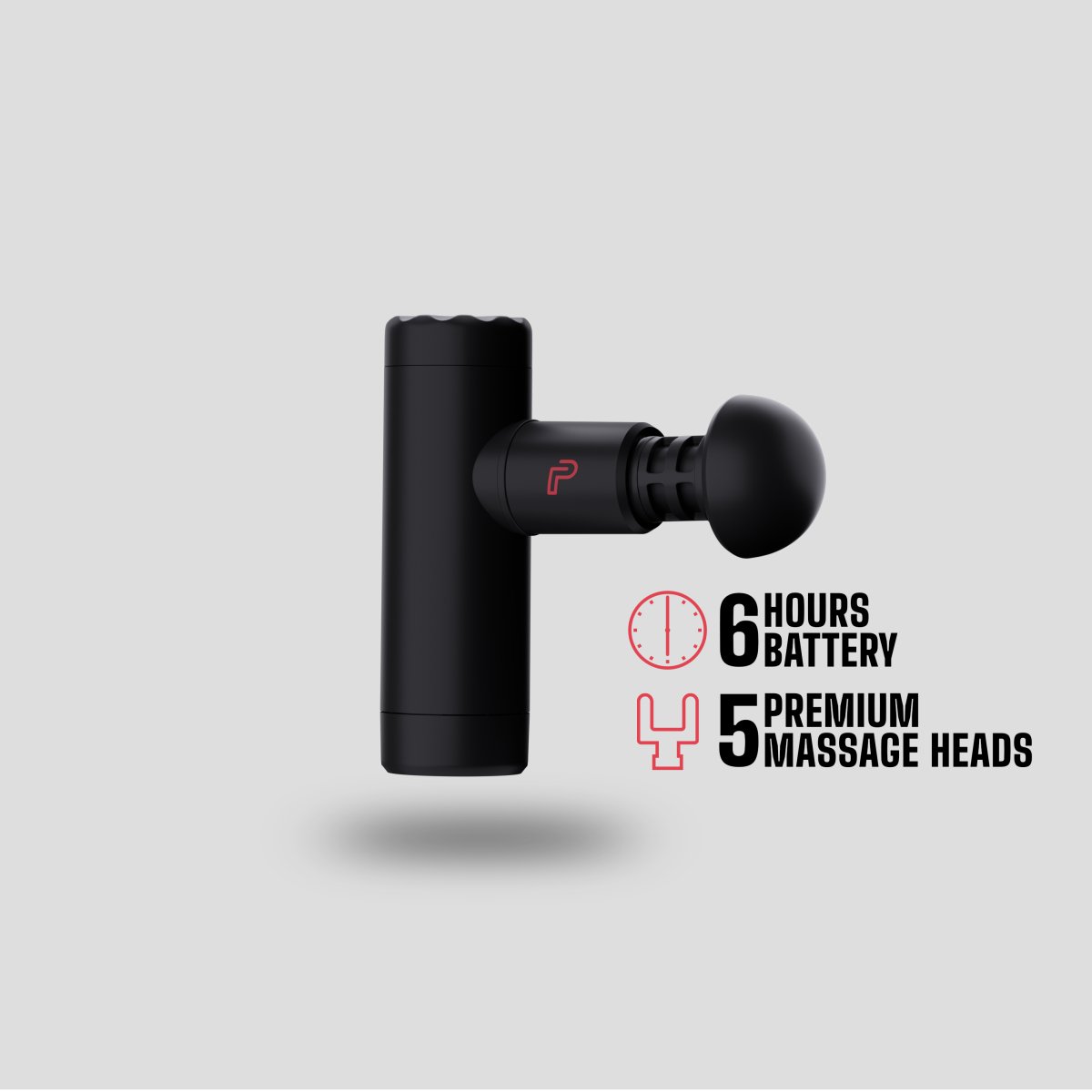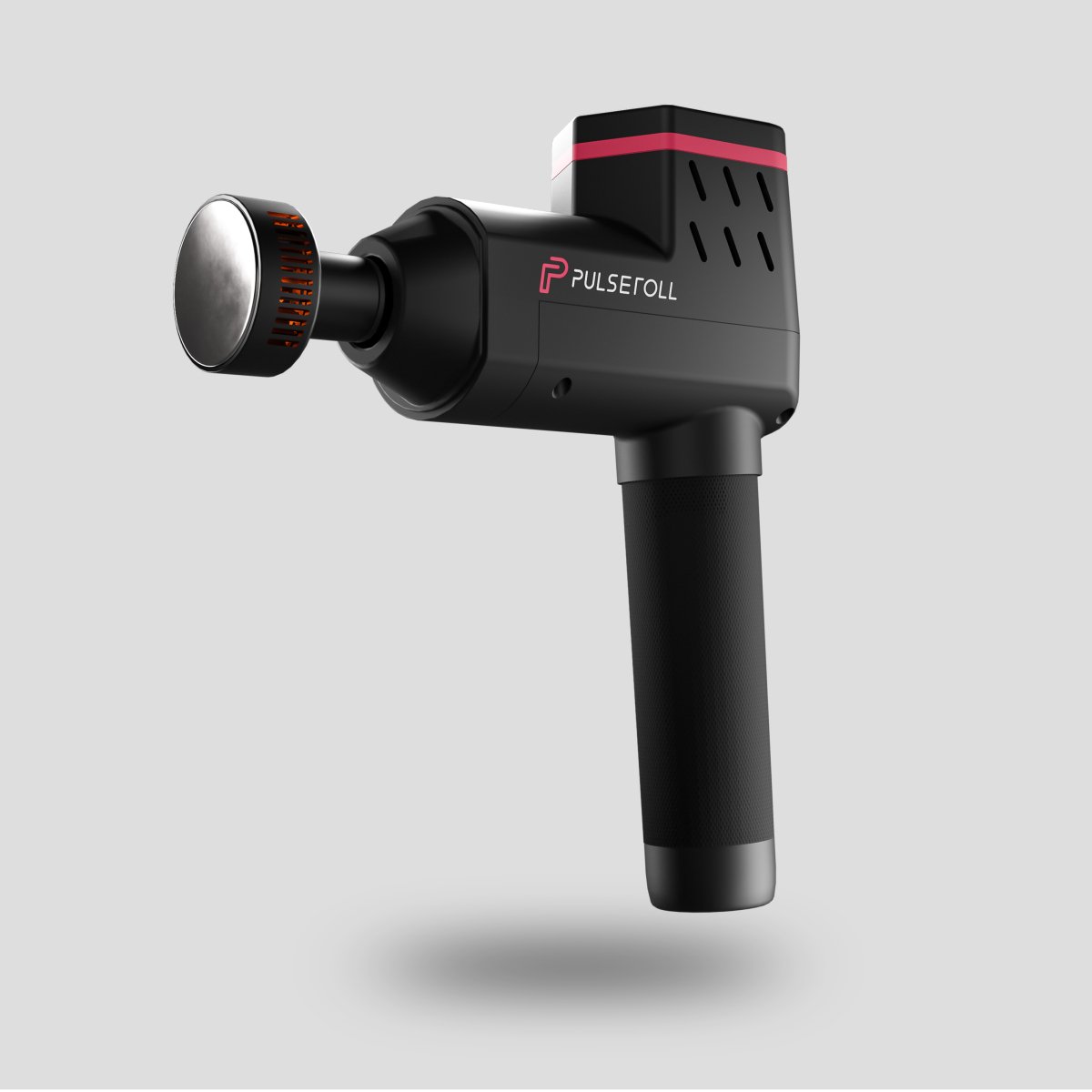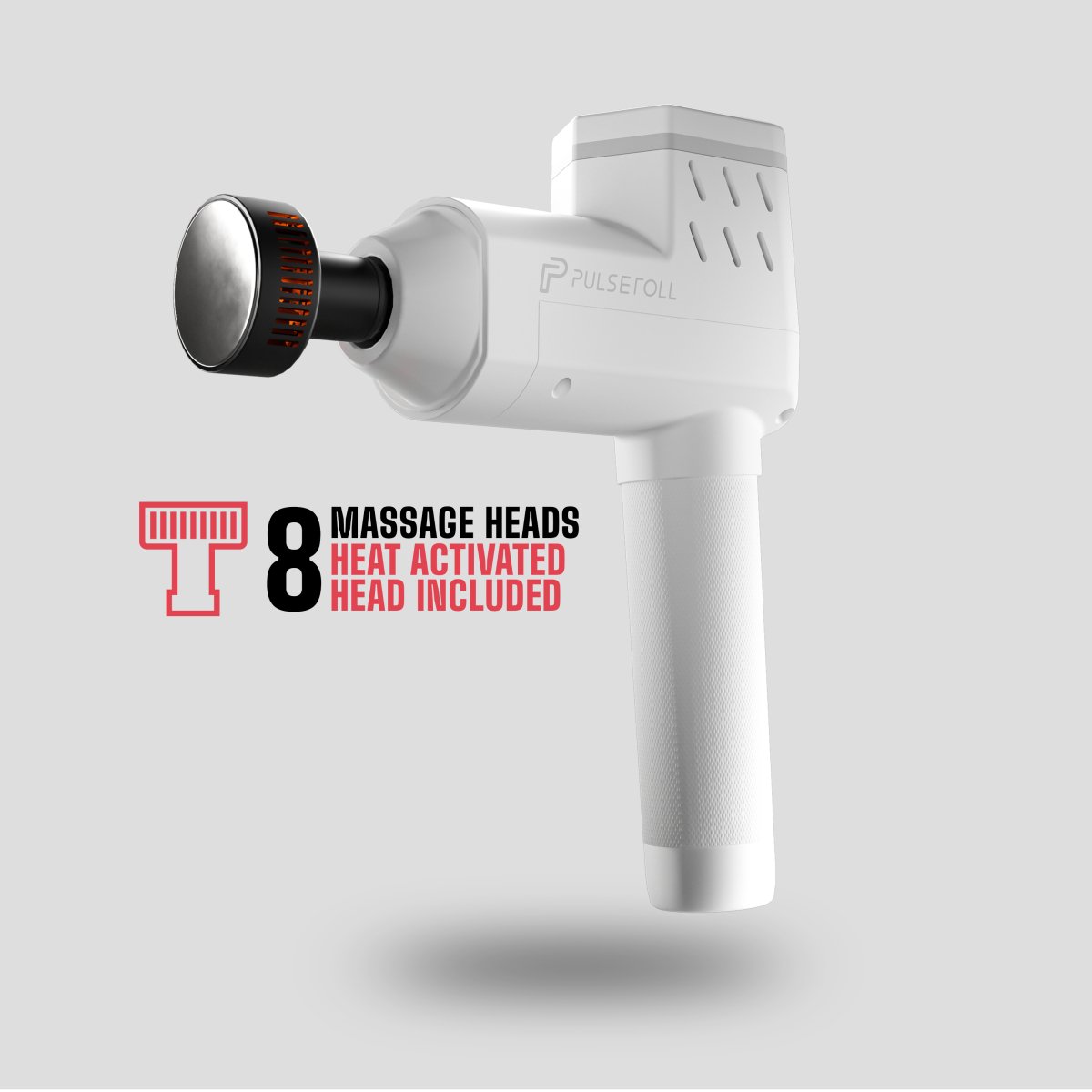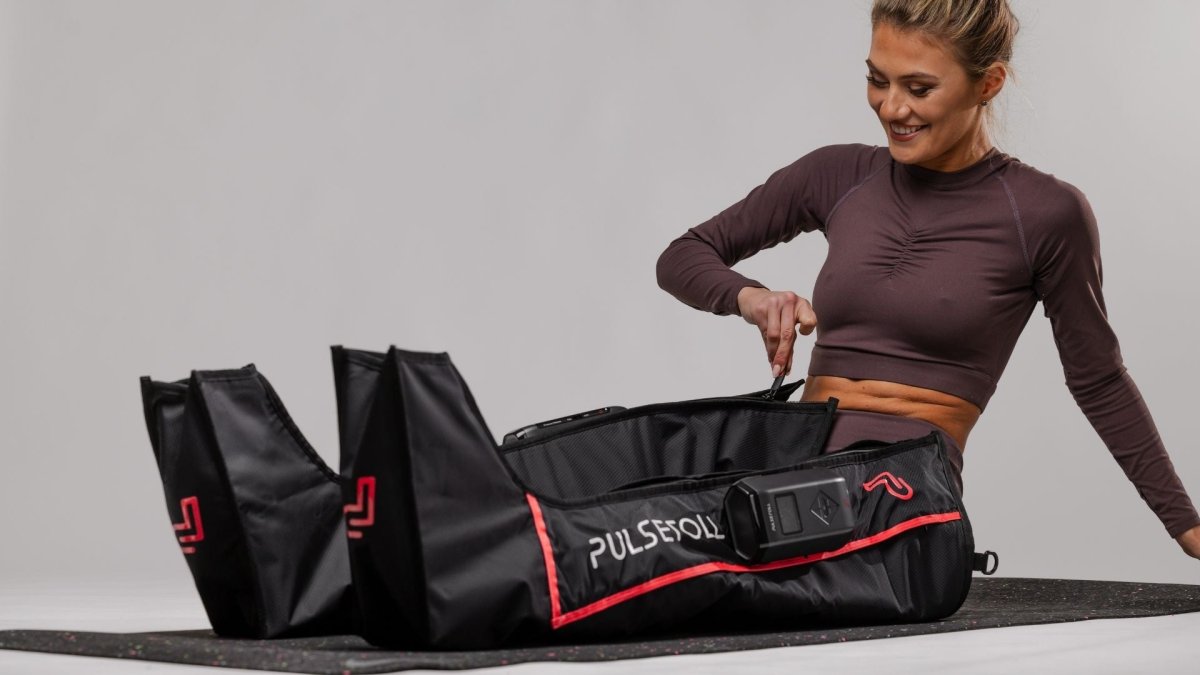Why is muscle recovery important?
The body is made up of several different types of muscles, all which have various functions that are critical for optimal health and performance. Skeletal muscles make up the largest percentage of muscles within the human body and these are the ones attached to our bones that create movement. They also have many other very important roles! Skeletal muscle is a very active tissue that is continually using energy to maintain a normal functioning healthy body such as maintaining good posture, storing fuel for later usage, producing heat and helping with circulation.
During exercise, the energy required by the skeletal muscles massively increases. Depending on the intensity and duration of the activity, the muscles will fatigue and afterwards always need some time to recover in order to perform optimally again. Inadequate muscle recovery between bouts of intense physical exercise can lead to illness and injury and even more mental stress. (1)
What causes poor muscle recovery?
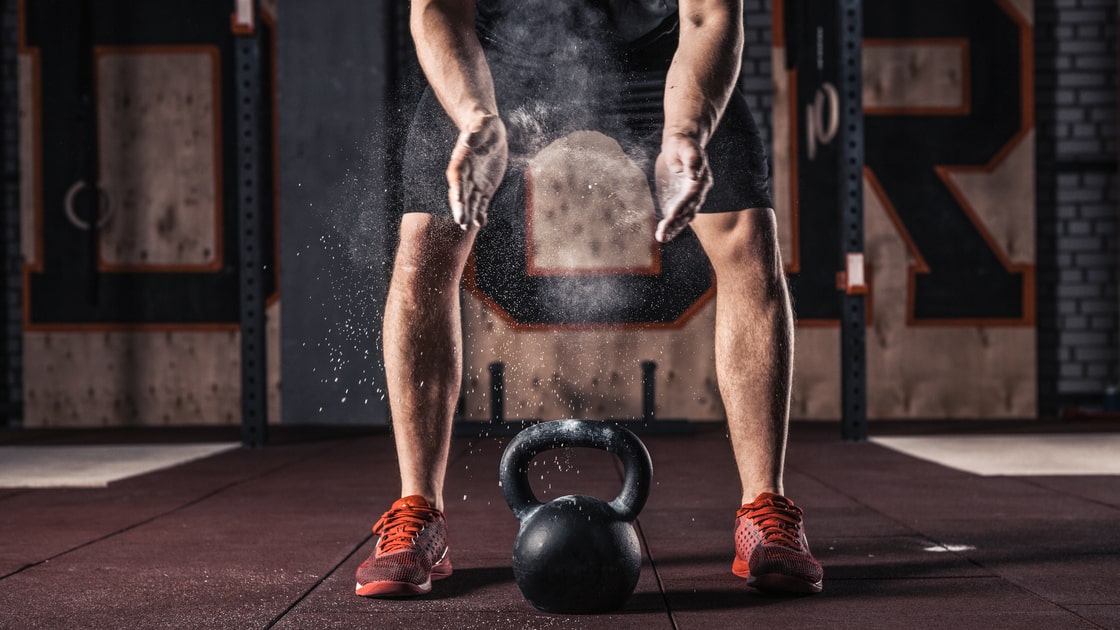
During exercise, muscles become hot and work hard to produce forceful contractions which enable fast, explosive movements. Once the activity is finished, the muscles used will require recovery. If this essential practice is not completed then we often experience poor muscle recovery. We often experience sore muscles and loss of normal function. We all remember that time when we did a new exercise or gym class and couldn’t walk the next day!
Understanding what causes muscle damage can help us to appreciate what we need to do to reverse the process. Normally after exercise, muscles will be low on energy (2), have some levels of inflammation and damage, and become tight and shorter than normal (3). As part of your daily exercise you should plan in enough time to warm up the muscles beforehand. This reduces the muscle-damaging effects of exercise and allows faster recovery.
In addition to this, cooling down is also very important. Taking time to stretch or use foam rollers or massage guns already starts that recovery process and can reduce the time before you can exercise safely. Sleep (4) and the food you eat (2) also play a very important role in optimal muscle health.
How long does muscle recovery take?
The big question is always, ‘How many days rest do I need for muscle recovery?’ This all depends on how well-rested and recovered you are before the training, how intensely you train, and the length of time you spend on the session.
As a guide, if your training is low to moderate intensity and lasts 90 minutes or less, then normally, with good recovery, you can expect to be able to train again after a 24 hour rest. If the session is the same intensity but longer, than 2 hours for example, then resting for 48 hours before your next training whilst continuing to recover is often beneficial. More intense short sessions, such as heavy weight lifting or high intensity interval training, create more stress on the muscles and therefore it can take as long as 72 hours before you’re ready to go again.
What helps muscles to recover faster?

Between training sessions is when recovery and adaptation takes place. This is basically the time when the body gets stronger and fitter due to the training load you placed on it. This time between exercise is therefore very important and what you do can either make or break your training program!
From the best current research, we now understand that sitting still and not moving too much is actually not the best use of your time. ‘Active’ recovery is best, so moving around and undertaking easy exercise like easy walking or even lifting very light weights helps to increase circulation in the muscles and improve recovery (5).
During the night-time though is when we want to allow the body to completely relax. It’s during these periods of deep sleep and unconsciousness that the body really recovers (4), so if you’re training regularly for health or peak performance, aim for a minimum of 8 hours sleep per night!
As explained earlier in this article, nutrition is key to recovery, so you should pay particular attention to eating the correct amount and types of food. There are lots of supplements on the market, but research often states that natural foods are best as they contain all the elements we naturally need (2) (6). Additional protein intake, such as milk, eggs and soy, can help to build muscle and repair muscle damage. Also ensure adequate foods with natural anti-inflammatory and antioxidant properties such as blueberries, cherries and pomegranates (6), are scientifically proven to help with exercise muscle damage. A healthy variety of fresh fruit and vegetables and healthy omega 3 fat-containing-foods have all been shown to help (2).
Other forms of exercise can help as well. Using foam rollers, massage guns and vibration have all been shown to reduce the effects of exercise muscle damage and to improve recovery time (7).
What helps muscle recovery after workout?
In summary, we know that muscle is a very active tissue, and if we train correctly, it can help improve our health, fitness and athletic performance. During this process though, the muscle can become damaged and needs significant recovery before we overload it again.
We know through some great science that we can make some simple lifestyle decisions and can undertake very effective passive and active interventions that all help speed up recovery and keep us fit and healthy.
Try adding some of these simple tricks to your weekly plan:
-
Warm up
Warming up before sessions will help to prepare muscles for the activity and cool down adequately to speed up overall recovery time. -
Sleep
Ensure you’re getting adequate sleep, You should aim for 8 hours or more. When you’re asleep, the body heals and gets stronger! -
Fuel your body
You should ensure you’re eating a healthy mix of carbs, proteins and fats, and try the superfoods like blueberries, pomegranates and cherries after hard training sessions. -
Percussive therapy
Use a foam roller or massage gun to loosen those tight muscles and increase blood flow! Some days you just need to rest, so listen to your body!
Read more: Importance of recovery and key strategies to maximise your training
References:
1- Pluess, M., Conrad, A., & Wilhelm, F. (2009). Muscle tension in generalized anxiety disorder: A critical review of the literature. Journal Of Anxiety Disorders, 23(1), 1-11. doi: 10.1016/j.janxdis.2008.03.016
2- Owens, D., Twist, C., Cobley, J., Howatson, G., & Close, G. (2018). Exercise-induced muscle damage: What is it, what causes it and what are the nutritional solutions?. European Journal Of Sport Science, 19(1), 71-85. doi: 10.1080/17461391.2018.1505957
3- Prasartwuth, O., Allen, T., Butler, J., Gandevia, S., & Taylor, J. (2006). Length-dependent changes in voluntary activation, maximum voluntary torque and twitch responses after eccentric damage in humans. The Journal Of Physiology, 571(1), 243-252. doi: 10.1113/jphysiol.2005.101600
4- Dattilo, M., Antunes, H., Medeiros, A., Mônico Neto, M., Souza, H., Tufik, S., & de Mello, M. (2011). Sleep and muscle recovery: Endocrinological and molecular basis for a new and promising hypothesis. Medical Hypotheses, 77(2), 220-222. doi: 10.1016/j.mehy.2011.04.017
5- Ma, F., Li, Y., Yang, J., Li, X., Zeng, N., & Martin, R. (2020). The effectiveness of low intensity exercise and blood flow restriction without exercise on exercise induced muscle damage: A systematic review. Physical Therapy In Sport, 46, 77-88. doi: 10.1016/j.ptsp.2020.08.011
6- Sousa, M., Teixeira, V., & Soares, J. (2013). Dietary strategies to recover from exercise-induced muscle damage. International Journal Of Food Sciences And Nutrition, 65(2), 151-163. doi: 10.3109/09637486.2013.849662
7- (1) Lim, J. and Park, C., 2019. The immediate effects of foam roller with vibration on hamstring flexibility and jump performance in healthy adults. Journal of Exercise Rehabilitation, 15(1), pp.50-54.






